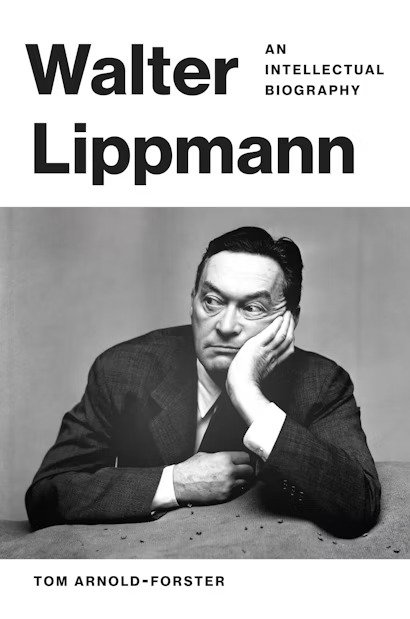Glass Cathedrals: New and selected poems
Salt Publishing, $39.95 pb, 204 pp
Primary colours
Nicolette Stasko’s poetry is as far from the postmodern baroque as it is possible to be. This is not to say that her work lacks awareness of contemporary theories of art, but rather that her style eschews self-consciously clotted imagery, radical syntactical dislocation, and the production of high-sounding obscurities. There is nothing rebarbative here. At their best, the limpid surfaces of these poems invite the reader into aesthetic experiences where the pictorial is rendered with such clarity that the images resonate deeply. As we might expect from a poet who writes one of her best sequences in response to Cezanne and another following Van Gogh, the most satisfying of these poems recreate that moving stillness characteristic of figurative painting.
Glass Cathedrals begins with thirty pages of new poems followed by generous selections from Stasko’s previous volumes, Abundance (1992), Black Night with Windows (1994) and The Weight of Irises (2003). For readers unfamiliar with Stasko’s work, it is a pity that the latest work disrupts the chronology of the book and that the poet has chosen to open the volume with one of her lighter poems.
By contrast, the first two poems from Abundance, ‘Dislocation’ and ‘Femme assise pres de la fenetre’, provide a prescient introduction to all of the work that follows. Here the characteristic tone of meditation is established by way of short, unpunctuated lines predominantly organised into recognisable syntactic units, but occasionally disrupted or complicated by a line or clause that squints both backwards and forwards to add intriguing possibilities of meaning. Here, too, the dominant themes of Stasko’s work are sounded: ‘Dislocation’ deals with the emigrant’s distress (Stasko was born in the United States, of Polish and Hungarian ancestry), while ‘Femme assise pres de la fenetre’ has the poet in characteristic attitude observing a landscape through a window. The order imposed upon the landscape by the frame suggests the poet’s own transformation of the scene which in turn leads to the following disturbing question: ‘am I a Picasso / woman pieced / geometric shapes / making sense / only / on canvas?’ There are many solitary domestic interiors in Stasko’s work from which the poet peers out on landscapes and other public spaces, struggling to find a sufficient place and identity through epiphanies in nature or, more often, through the illuminations of art.
Continue reading for only $10 per month. Subscribe and gain full access to Australian Book Review. Already a subscriber? Sign in. If you need assistance, feel free to contact us.











Leave a comment
If you are an ABR subscriber, you will need to sign in to post a comment.
If you have forgotten your sign in details, or if you receive an error message when trying to submit your comment, please email your comment (and the name of the article to which it relates) to ABR Comments. We will review your comment and, subject to approval, we will post it under your name.
Please note that all comments must be approved by ABR and comply with our Terms & Conditions.